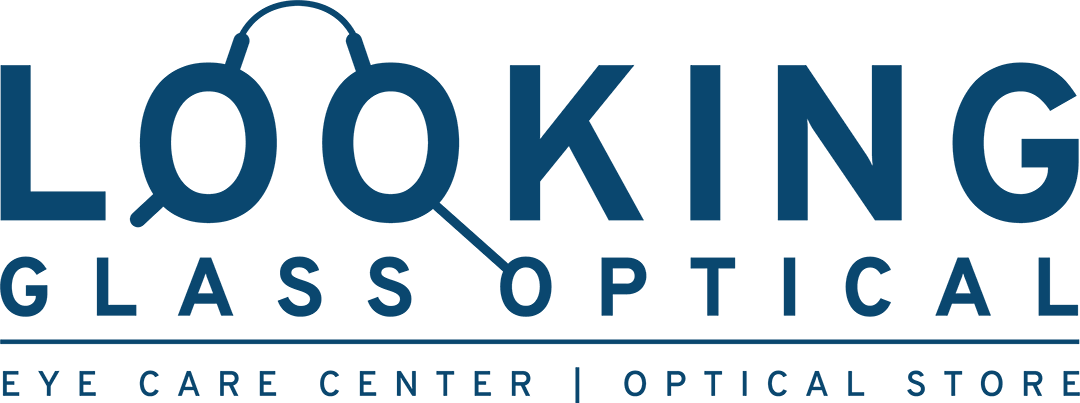Contact Lenses for Children — What is the Best Age to Start?
According to the Centers for Disease Control and Prevention (CDC), approximately 8% of all contact lens wearers in the United States are under 18 years old. Contacts for children come with numerous benefits, but are contact lenses the right option for your kid? Learn more about what contact lenses can offer young patients and when is the best age to start wearing contact lenses for children.
Why Vision Correction in Children is Vital
Your child’s visual system is rapidly changing and developing. Regular eye exams can alert you if there are issues that might mean your child requires vision correction. Some common causes for vision correction are:
- To correct sight problems
- To ensure the right eye positioning
- To strengthen the vision of a weak or lazy eye
- To protect one eye if the other has poor vision
Your child’s optometrist can guide you toward suitable corrective options, including deciding between glasses and contact lenses for children.
Benefits of Contact Lenses for Children
There are many benefits that contact lenses offer for children. For example, if your child plays sports, they can be safer. However, even if your child has impact-resistant glasses, the frames can still break, potentially causing an injury. Glasses can also fog up during sports, which can be dangerous and frustrating.
For sports, contact lenses can provide better peripheral sight and an unobstructed view of the playing field. During regular play, contact lenses are also more stable in your child’s eye. When they run or jump, the lenses remain in place more reliably than glasses do.
Contact lenses can also help with self-esteem. Many children feel self-conscious wearing glasses, which can affect their moods or social skills development.
Astigmatism & Contacts
A common concern parents have about contact lenses for children is whether they can help a child with astigmatism. Fortunately, contact lenses can help children who have astigmatism. Astigmatism occurs when the cornea has an irregular shape and causes blurry vision and refractive errors. There are a variety of contact lenses that can correct astigmatism.
Hard or Soft Lenses?
For children, the best option is to go for soft lenses. These lenses can rotate in the eye, allowing for a comfortable fit, and they tend to cause less eye dryness than hard lenses.
Best Age to Start Wearing Contacts?
Physically, a child’s eyes have no problem tolerating contact lenses, even from a young age. The age when it is most appropriate for your child will depend on individual factors. Most optometrists recommend that children be at least 8 years old before they begin wearing contact lenses. You’ll want to ask yourself a few questions before deciding if they are the right choice:
- Can your child handle responsibility well?
- Does your child have good hygiene habits?
Your child should also feel motivated to wear contact lenses and have the maturity to take care of the lenses appropriately. Your child’s optical prescription, as well as their activity level, can help you decide on what the right choice is. For example, contact lenses may not be the right option if your child is prone to eye infections.
In general, kids between the ages of 8 and 12 can start wearing contact lenses.
Contact Looking Glass Optical
If your child needs vision correction, consider contact lenses. The best age to start your child on contacts depends on several factors, so reach out to professionals to learn more about your and your child’s options. Contact Looking Glass Optical today to learn more about contact lenses and schedule a consultation for your child.
